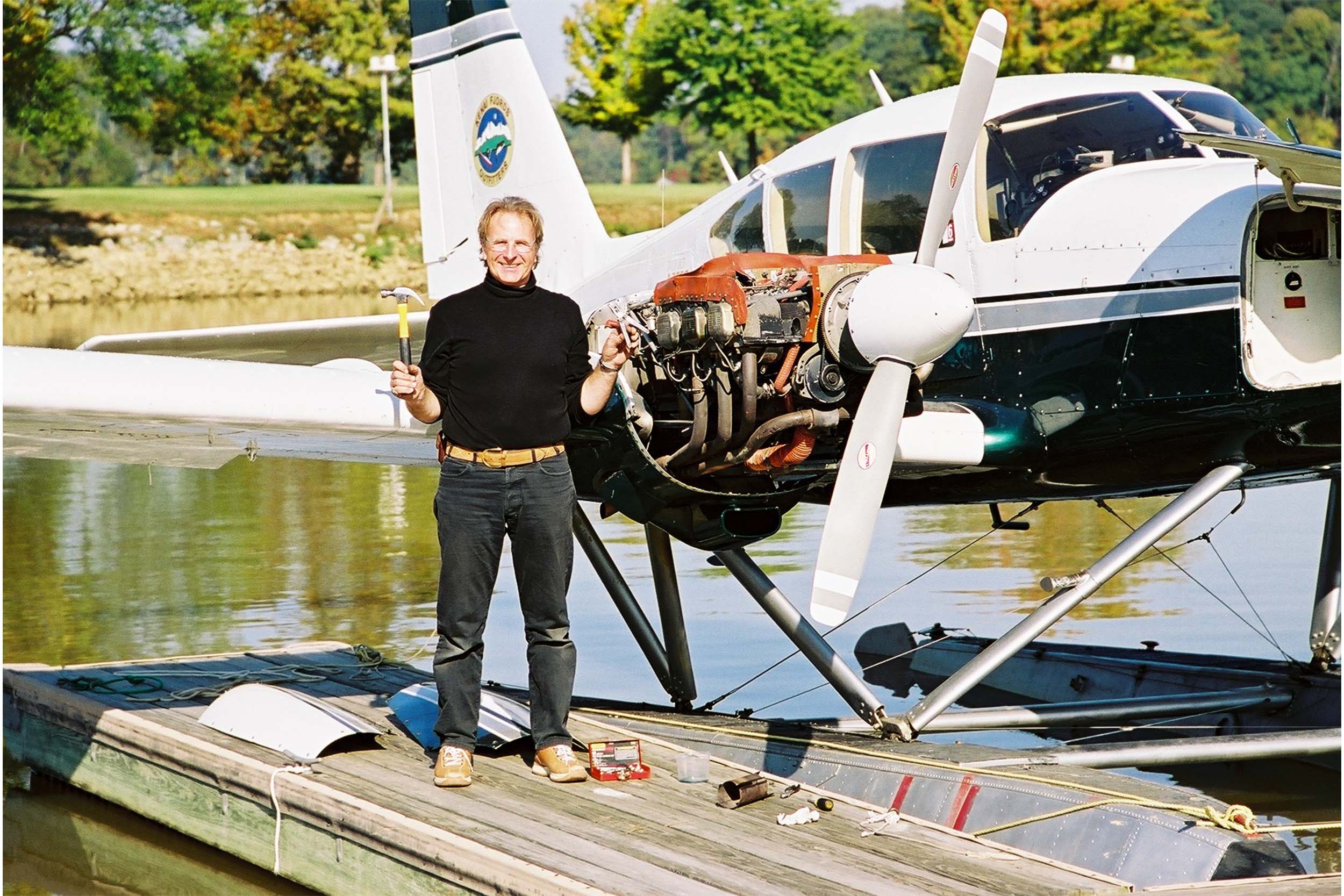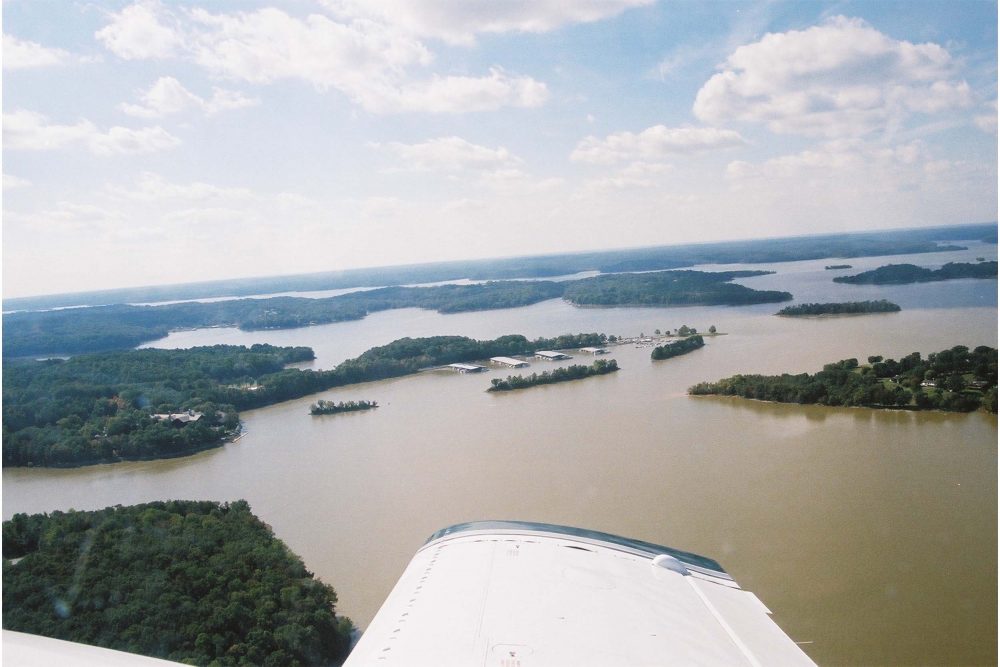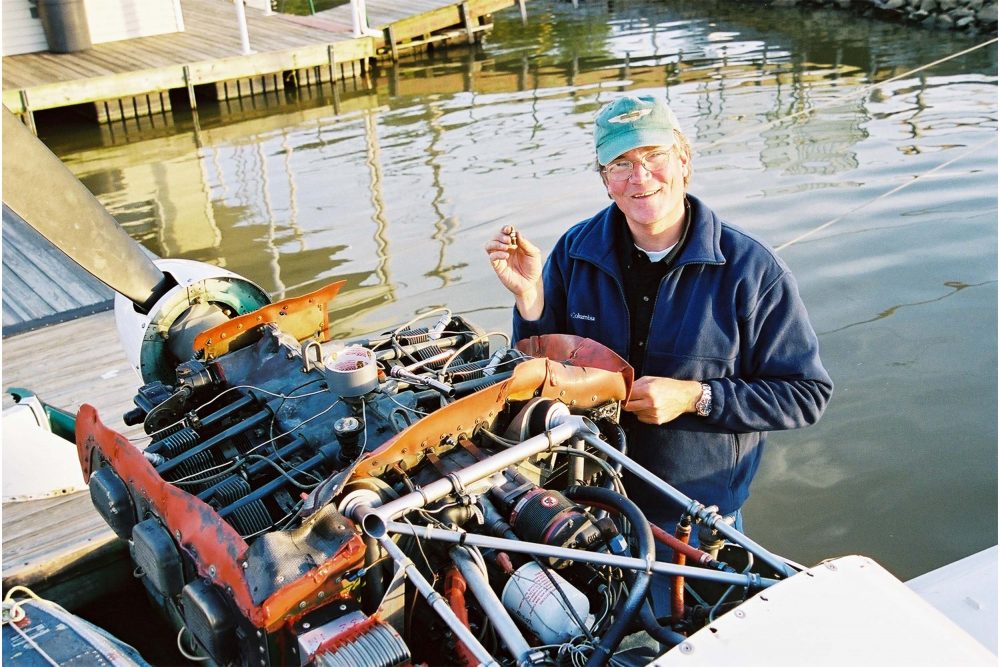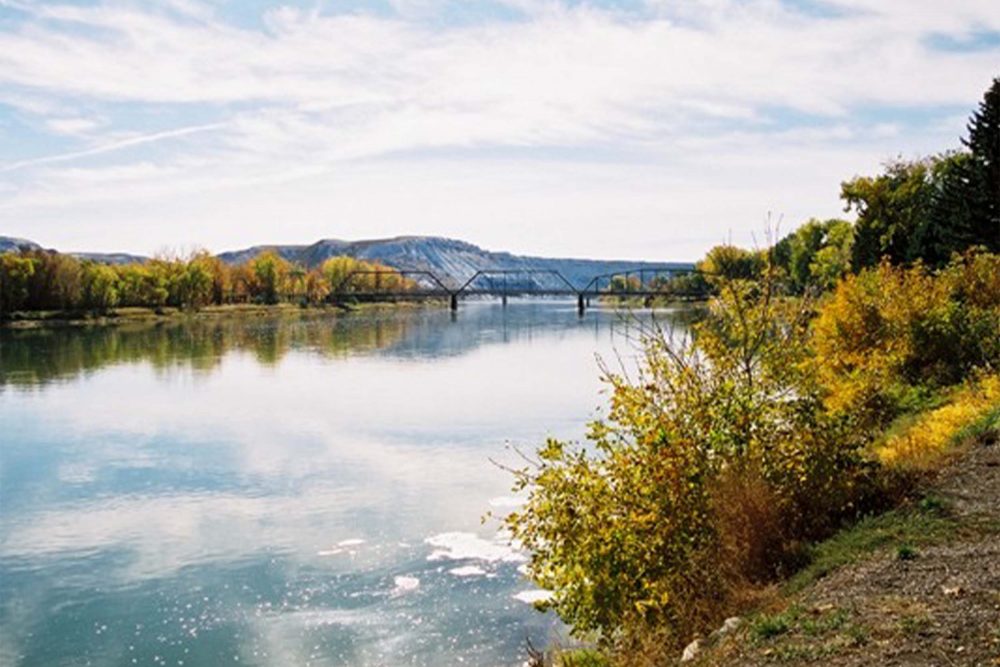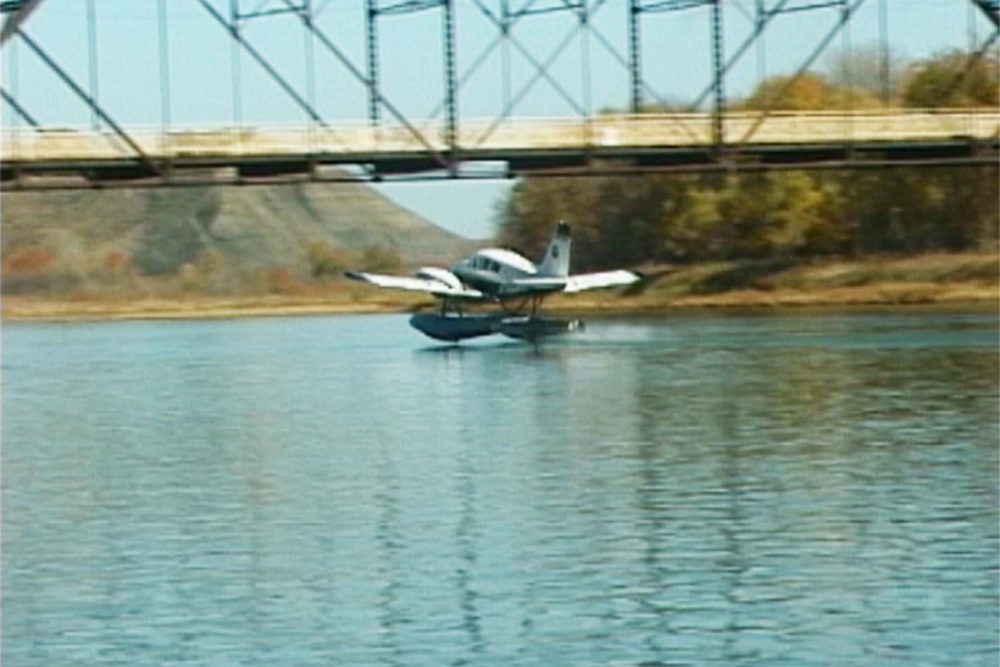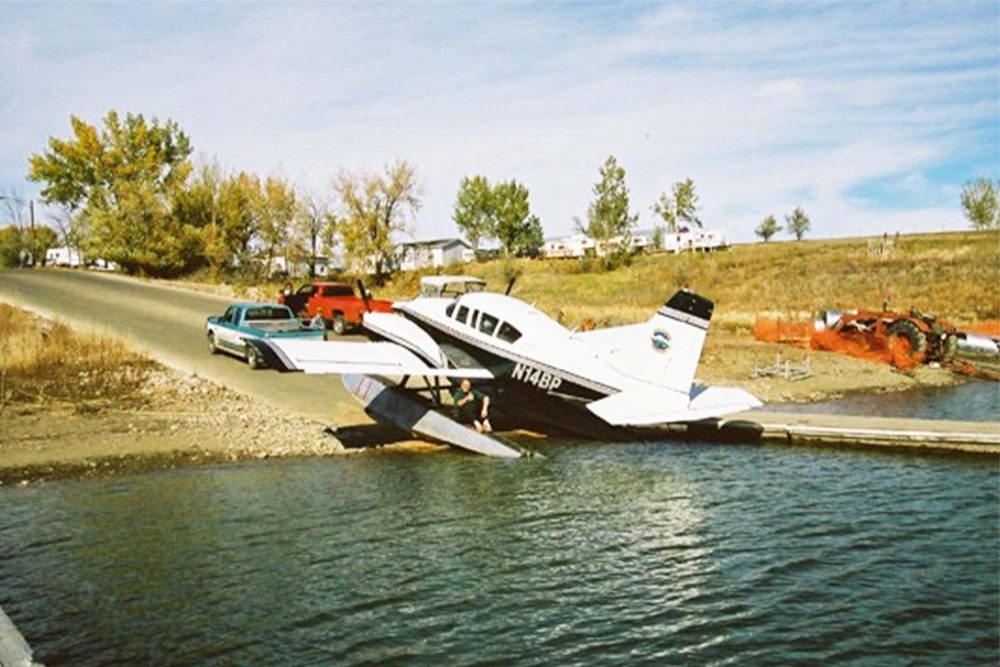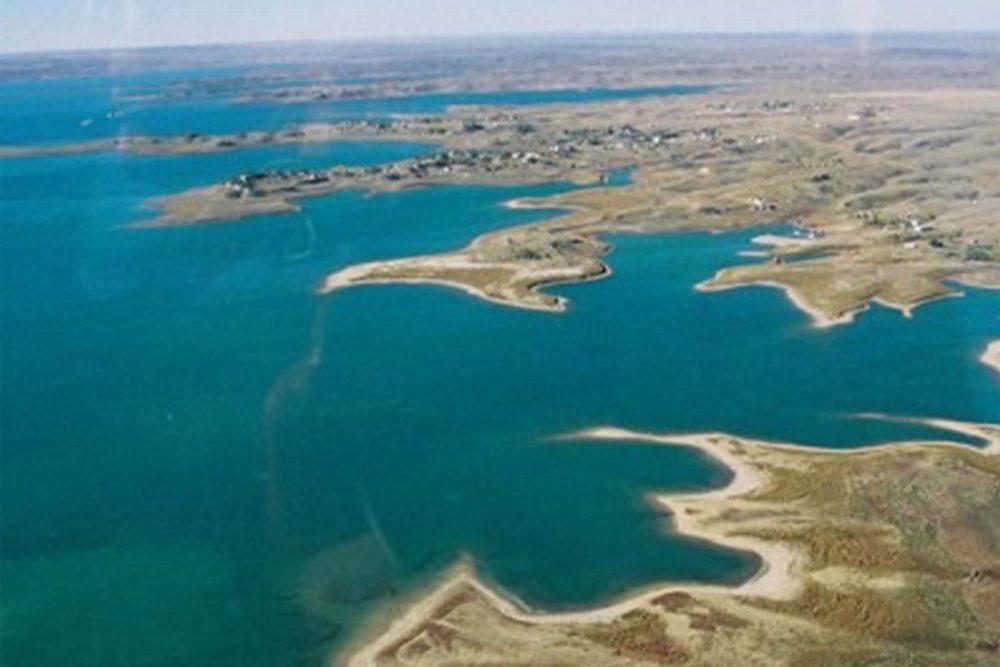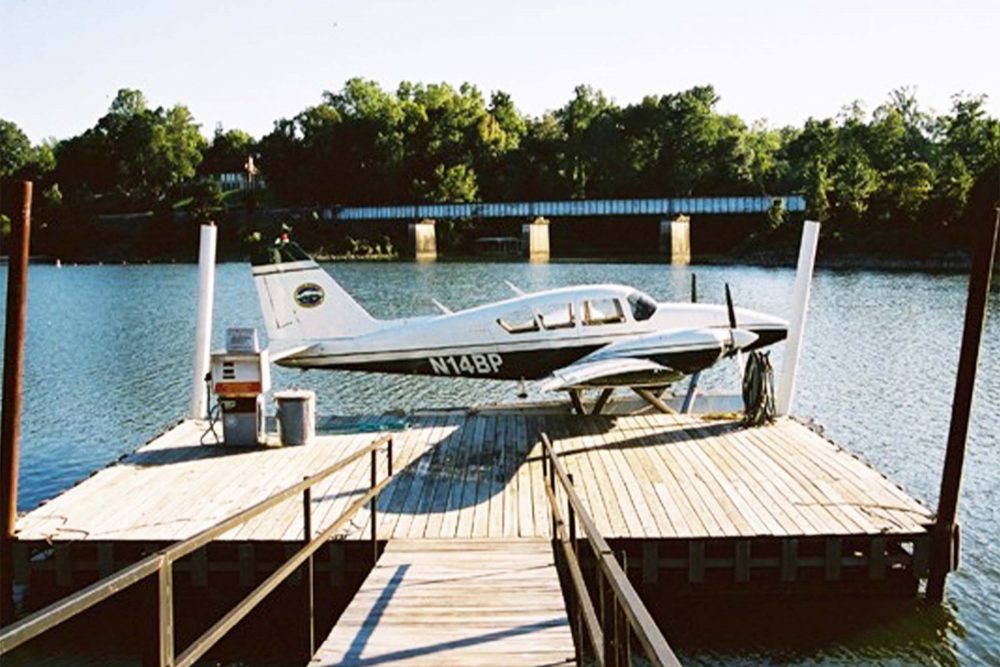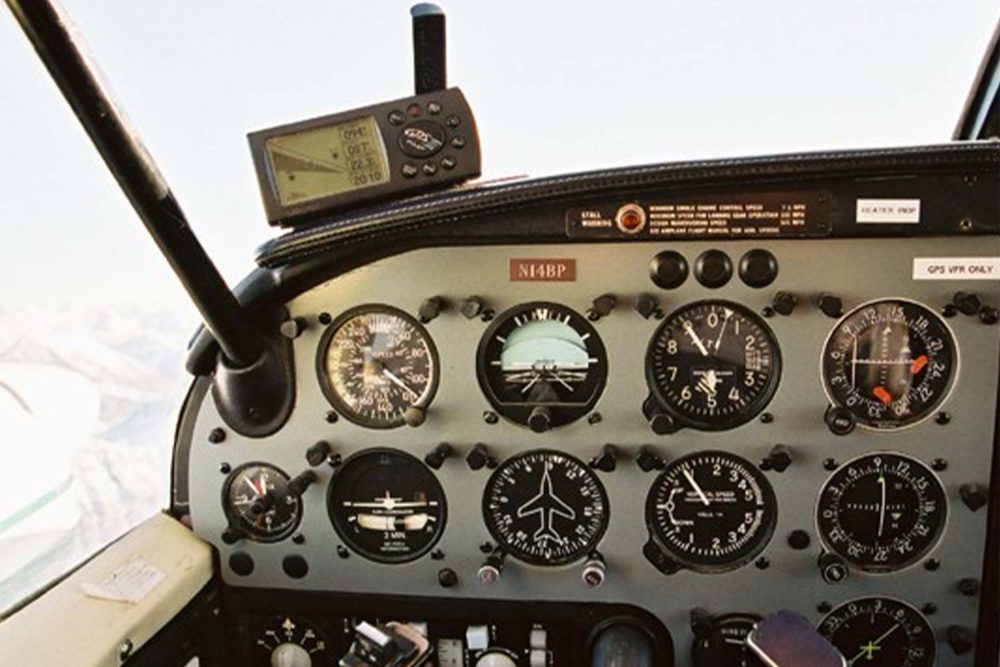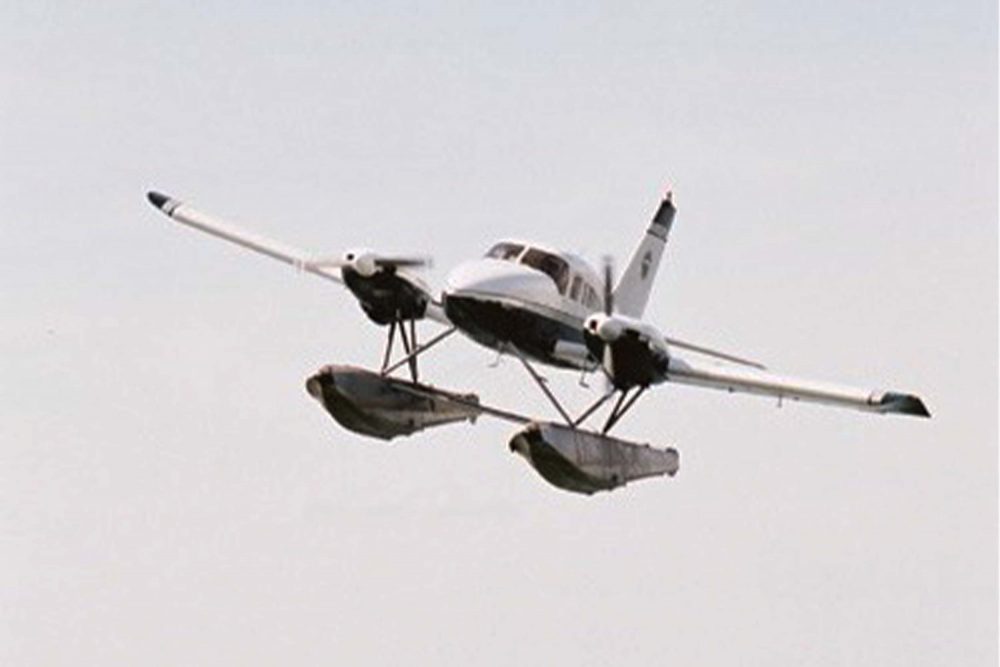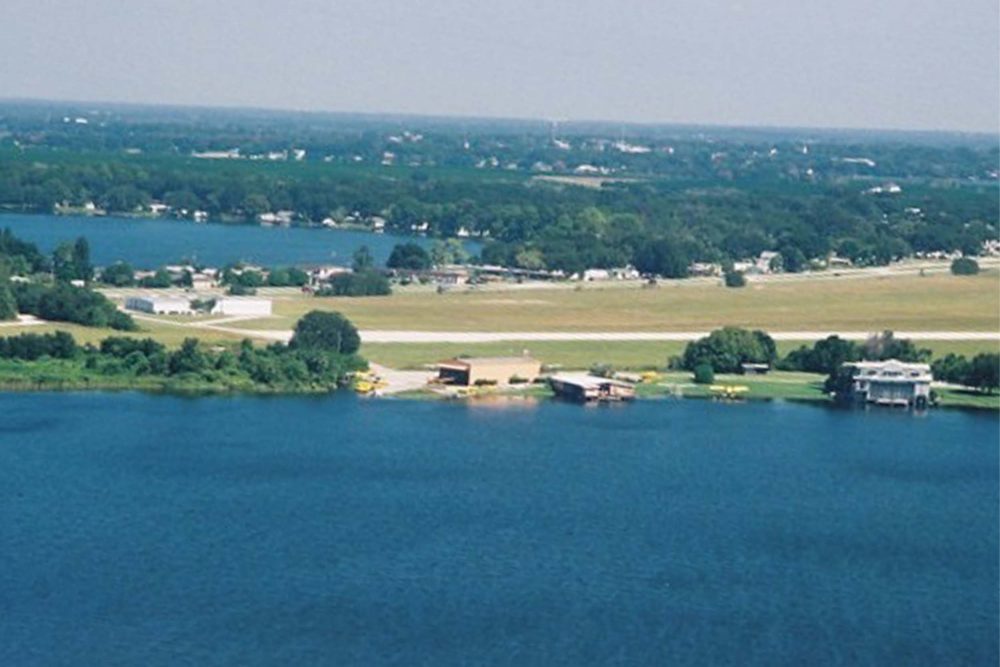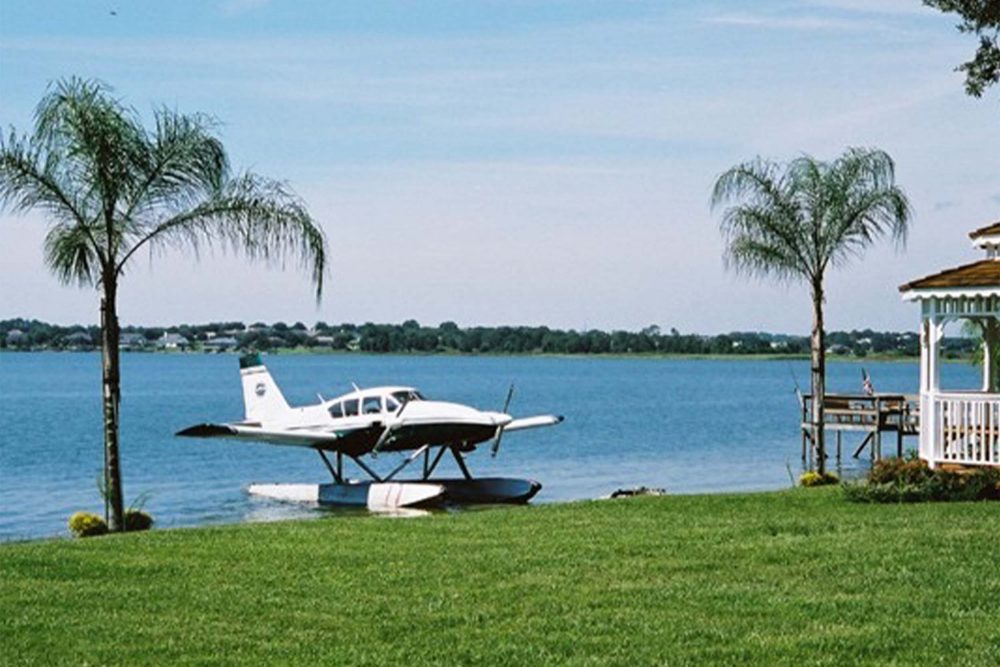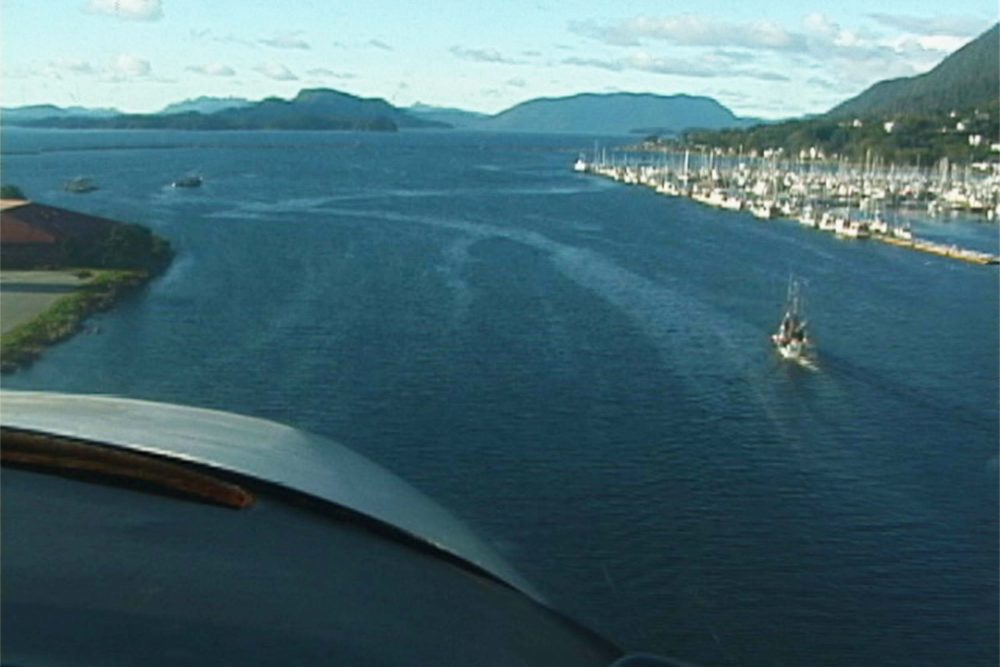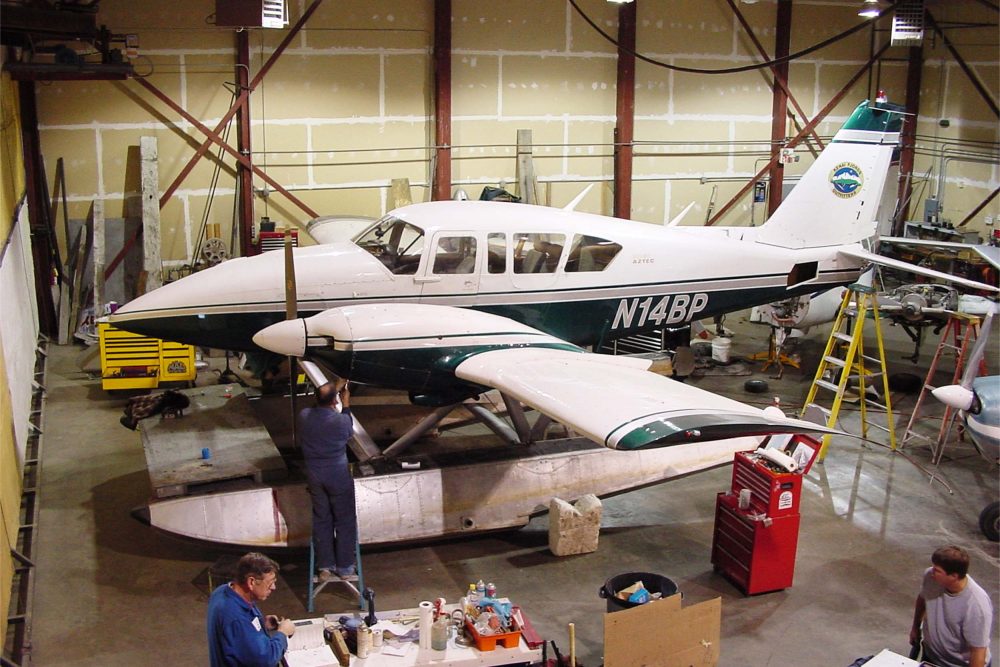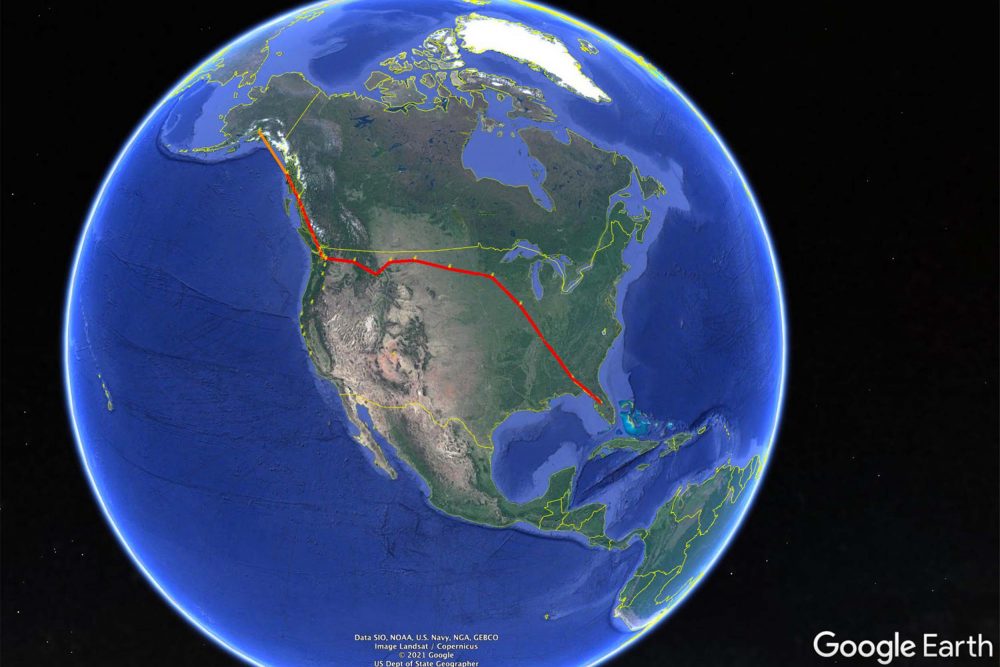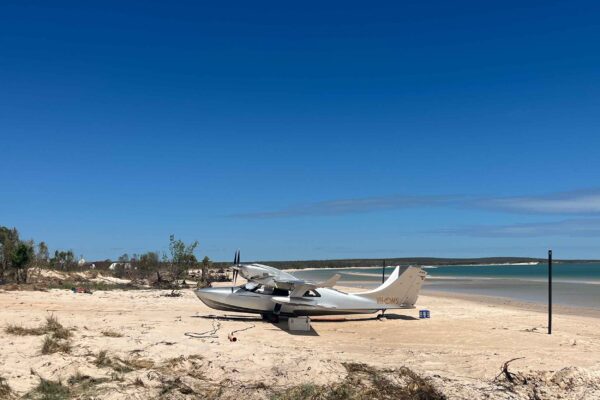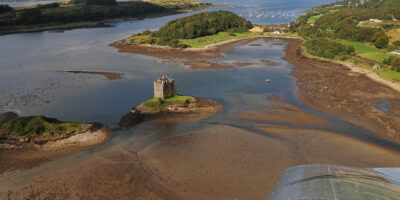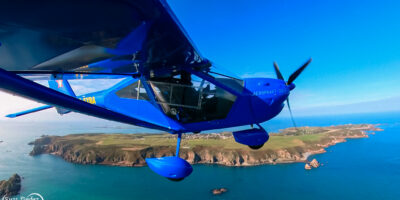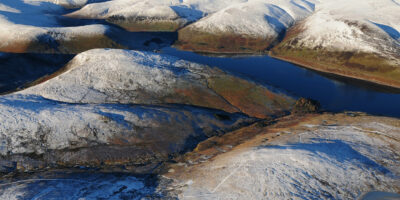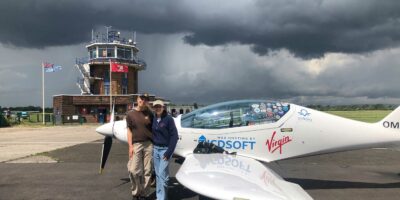All the while the radio traffic to and from the base station became increasingly creative and comical, as Chris did not want it to get around town that they got stuck on a rescue mission!
“Rescue 1, this is Base, over.” Silence.
“Rescue 1, how do you read, over?” More silence.
“Ahh, Rescue 1, Chris, are you alright?”
Clearing throat, “Base, this is Rescue 1, we are on our way.” Big Lie.
“Roger Rescue 1, it just seems you guys have been gone a long time and the boss says make sure not to wreck that boat!” Pained expressions all around with a few smirks, too.
This radio traffic occurs with an increasing frequency of urgency over the hours until Chris admits the impeller is jammed and the motor mount is broken. Chuckles all round back in the radio room!
My feet, hands and face are now frozen standing in the river, wader deep, clinging onto the metal boat in a 10kt current, falling snow, and pitch black except for our flashlights, and slipping and sliding on all this river weed! We finally manhandle it to shore, through thigh-deep water, and tie it to a stake hammered into the ground to secure it for the night, delighted that the fiasco is over!
A very worn out, but very welcome, Chevrolet Suburban with faded ‘SAR’ painted on the side, trundles through the fresh snow and overgrowth to collect us by the river bank. The driver, his girlfriend, a chocolate bar and a great heater are very much appreciated! We drive and bounce through a pretty empty town, the football game is over and everyone must be huddled away at post-football parties. We are given choices for hotels and opt for the up-market Grand Union, feeling it may be our last. We also learn in passing conversation from Chris that there has been a five-year drought in this part of Montana and that five floatplanes came to grief here in the past year. That would have been worth knowing from the seaplane base people on our briefing prior to departing Coeur D’Alene…


